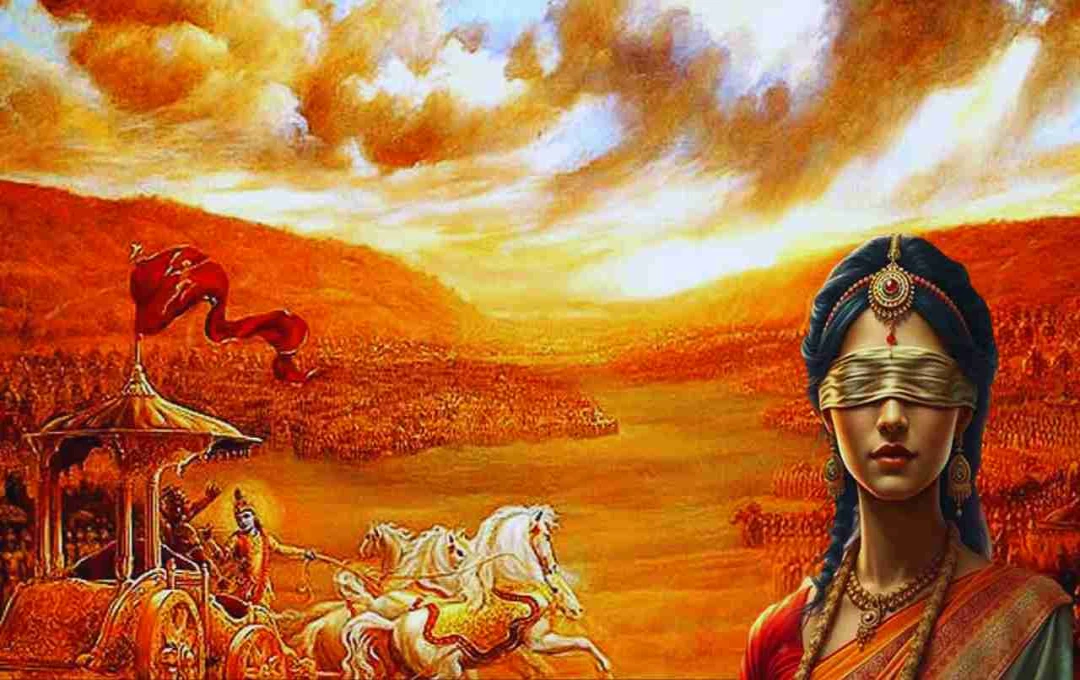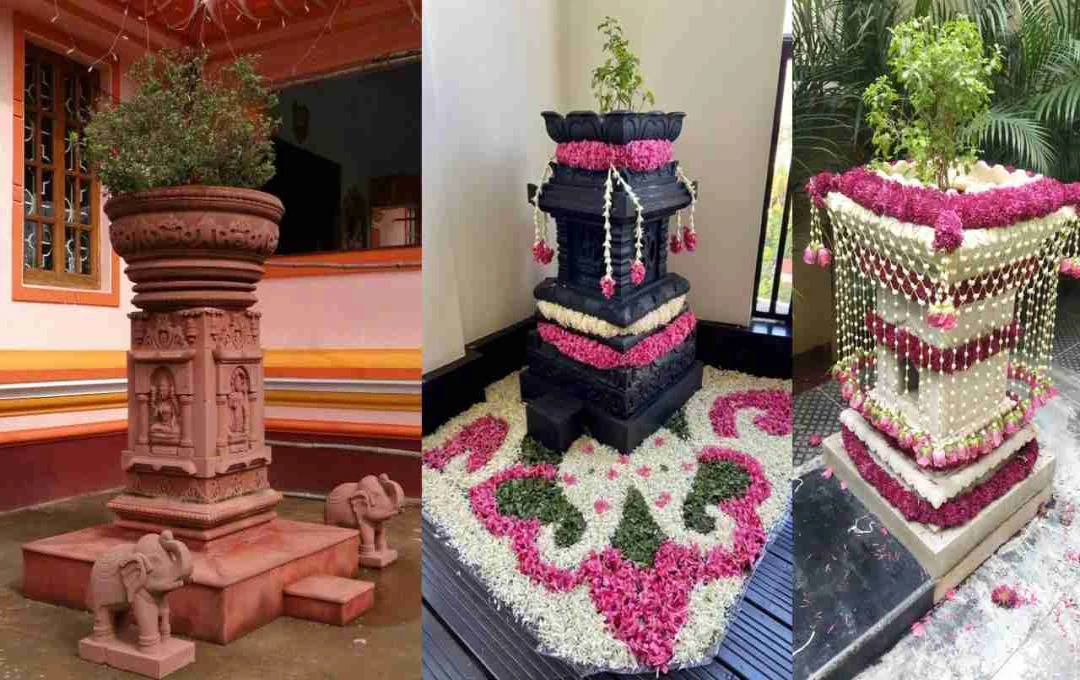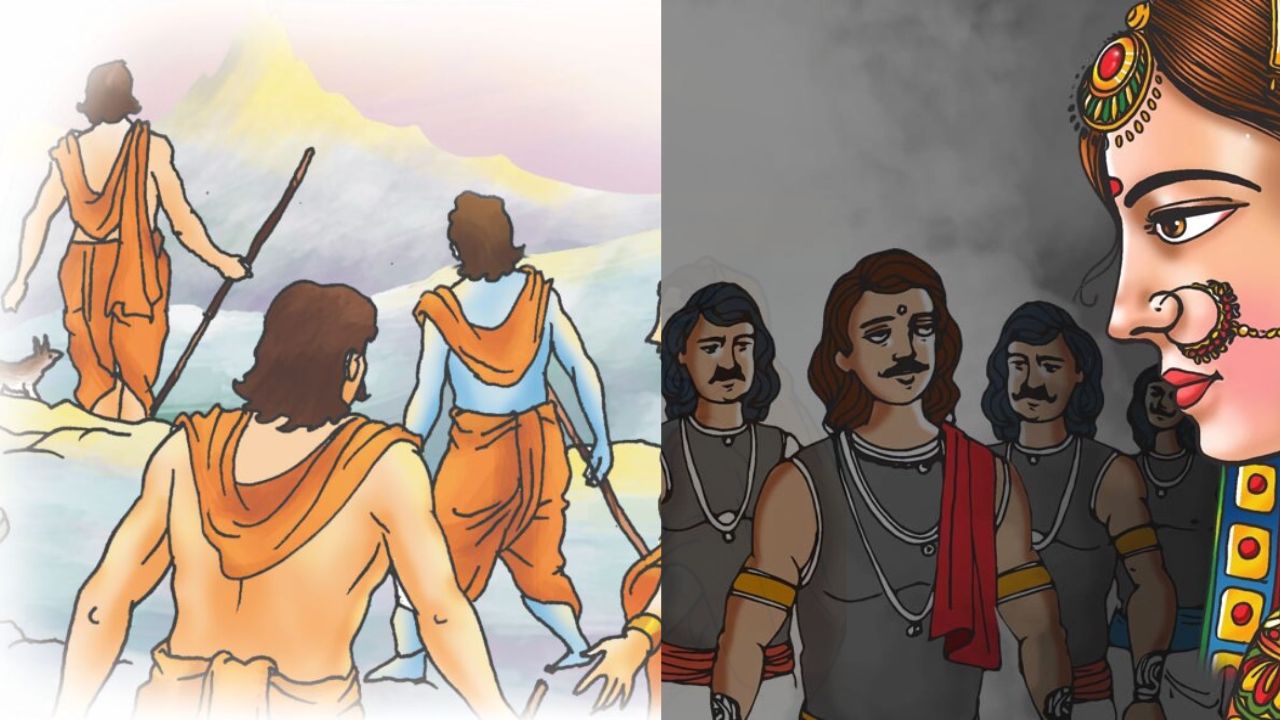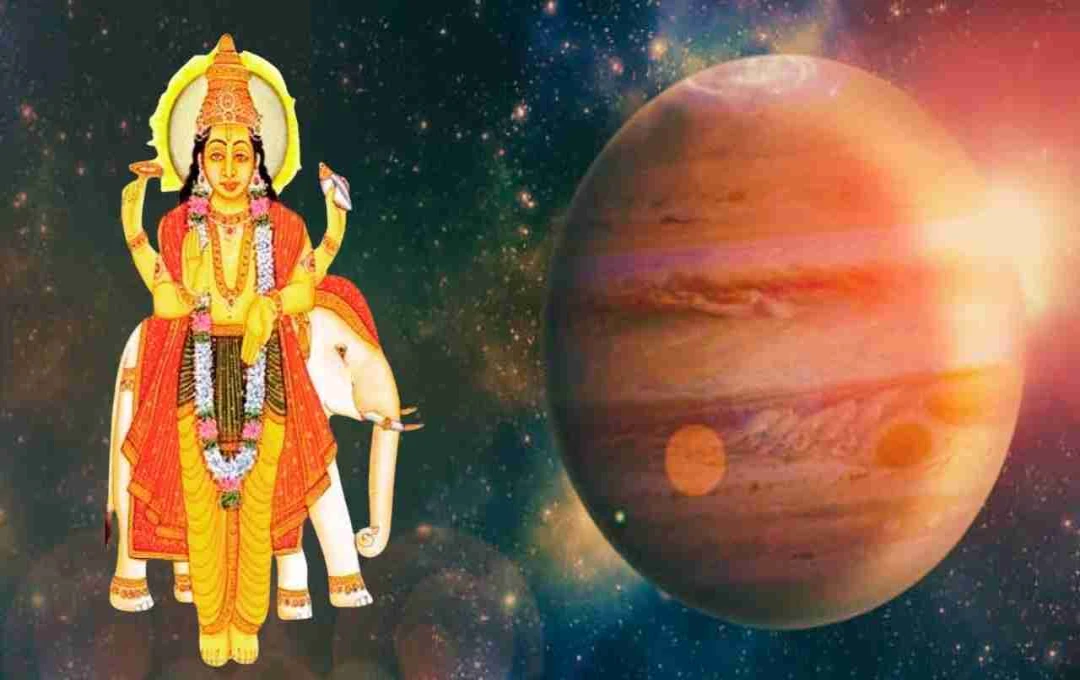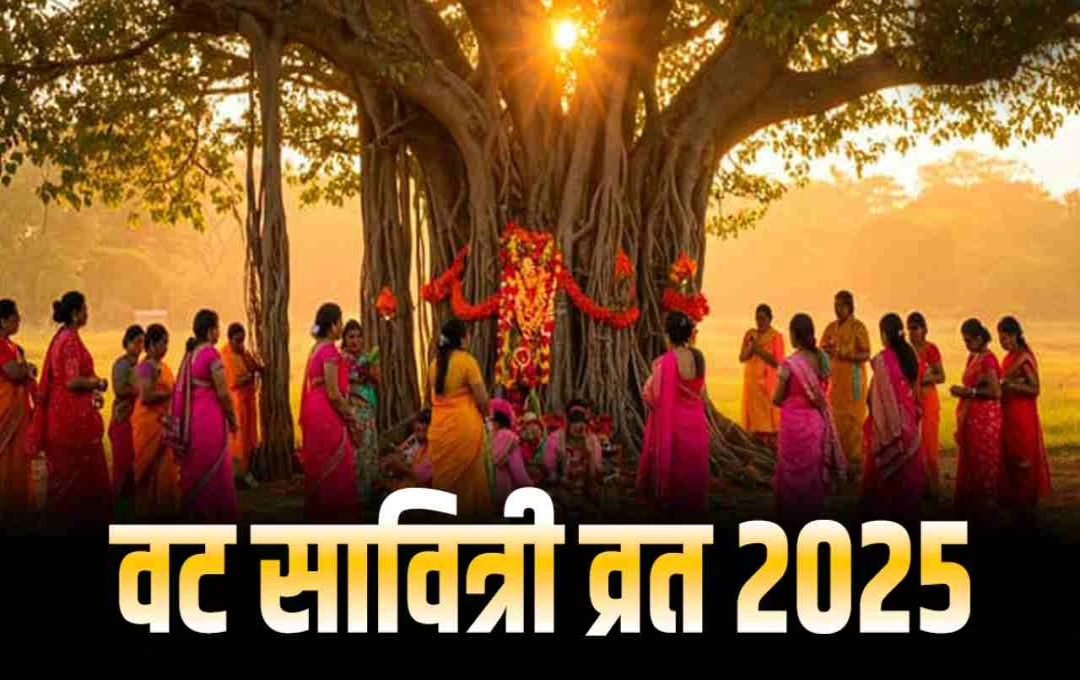The Kedarnath Shivling, with its unique triangular shape and mythological connection to the Pandavas, is a site of immense faith and significance. Kedarnath Dham, nestled high in the Uttarakhand Himalayas, is a renowned religious site. It is one of the twelve Jyotirlingas dedicated to Lord Shiva, attracting millions of devotees annually. The atmosphere here is serene and spiritually uplifting, fostering peace and devotion.
A distinguishing feature of the Kedarnath temple is the unique form of the Shivling. Lord Shiva is worshipped here in the form of a triangular Shivling, resembling the hump of a bull.
Kedarnath's Mythology: A Mysterious Tale Connected to the Pandavas
Following the Mahabharata war, the Pandavas, burdened by the killing of numerous individuals, including relatives and their guru, sought absolution. They resolved to seek forgiveness and blessings from Lord Shiva.
Initially, the Pandavas searched for Shiva in Kashi (present-day Varanasi), considered a sacred city for Shiva. However, angered by their actions, Shiva refused to meet them. He disguised himself as a bull (Nandi) and concealed himself in a place called Guptakashi.
The Pandavas, in their search, journeyed towards Garhwal. Upon reaching Guptakashi, they encountered a herd of bulls. Bhima, suspecting one bull to be unusual, attempted to capture it. As Bhima seized the bull, it began to sink into the ground. However, Bhima held onto its hump firmly. This hump, it is believed, manifested as the Shivling at Kedarnath.
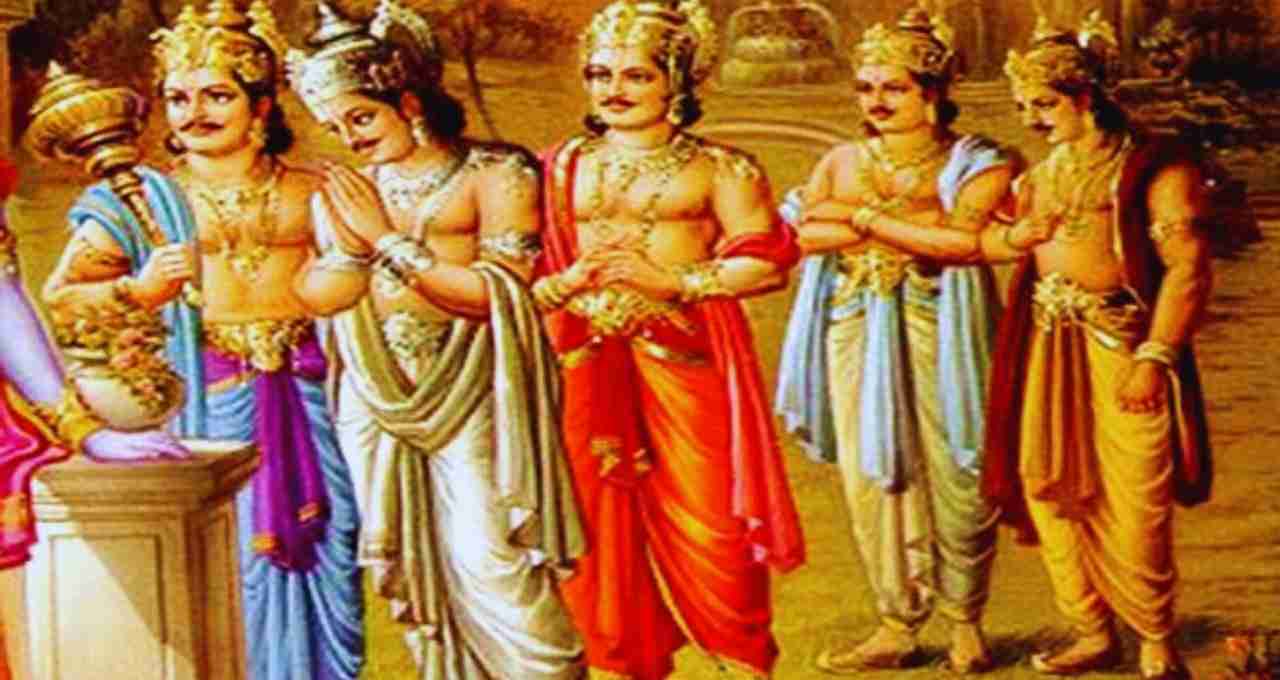
The Mystery of Kedarnath's Triangular Shivling
The Shivling enshrined at Kedarnath Dham differs significantly from other Jyotirlingas. Its triangular shape symbolizes the hump of a bull. According to religious beliefs, after the Mahabharata war, when the Pandavas sought forgiveness from Lord Shiva, he, in anger, disguised himself as a bull and hid himself. The Pandavas pursued him, and Bhima grasped the bull's hump. Shiva then merged with the earth, and the spot where his hump appeared became Kedarnath Dham.
This triangular Shivling represents Shiva's immovable and indestructible form. It has withstood the harsh Himalayan climate, snowfall, and natural disasters, symbolizing the divine power and permanence of God.
Panch Kedar: The Mysterious Story of Shiva's Five Divine Forms
The mythology associated with Kedarnath Dham extends further. Legend states that as Lord Shiva disappeared into the earth in the form of a bull, different parts of his body manifested at five locations: his face at Pashupatinath in Nepal, his arms at Tungnath, his navel at Madhyamaheshwar, and his hair at Kalpeshwar. These five sacred sites collectively constitute the Panch Kedar. These temples, located in the mountainous regions of Uttarakhand, attract thousands of devotees annually. The Panch Kedar pilgrimage is a spiritually enriching journey for Shiva devotees.
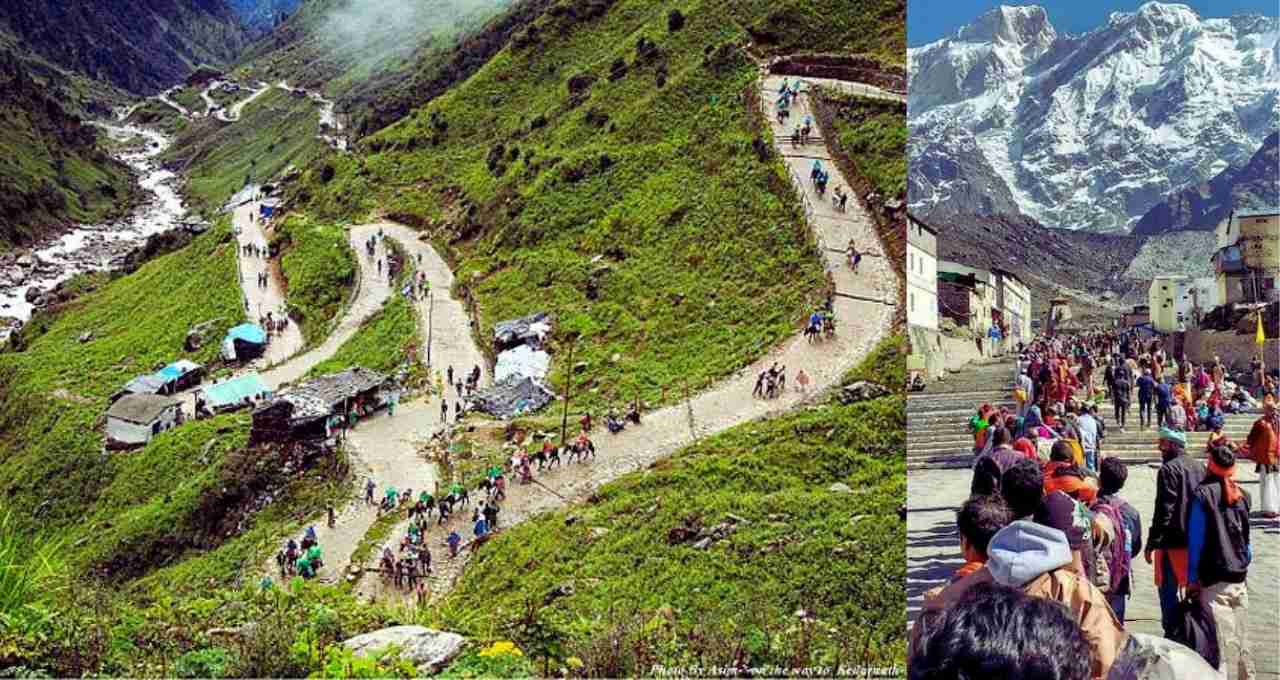
A Confluence of Natural Beauty and Faith
Kedarnath Dham, a sacred site nestled in the high mountains of Uttarakhand, sits at an altitude of approximately 11,755 feet. Despite the challenging weather conditions, thousands of devotees undertake this arduous journey every year to seek Baba Kedar's blessings. The snow-capped mountains, the murmuring Mandakini River, and the pervasive serenity along the route deeply touch the soul.
Snow perpetually falls on the triangular Shivling, yet surprisingly, it never becomes completely covered. This is considered a miracle by devotees, signifying that Lord Shiva perpetually grants darshan (divine vision) to his followers. Every moment here feels like a profound spiritual experience, purifying both mind and soul.
Kedarnath Yatra: A Unique Experience of Religious Significance and Faith
Kedarnath Dham is not merely a pilgrimage site but a symbol of faith and belief. It is believed that devotees who visit with a sincere heart receive blessings, their sins are absolved, and they gain peace and positive energy. Although the journey is arduous, the devotees' enthusiasm remains unwavering. Some travel on foot, others in palanquins, and some by helicopter, but the goal remains the same – to have darshan of Baba Kedar.
This journey encompasses not only religious fervor but also the captivating beauty of nature. The towering mountains, snow-covered peaks, and the flowing Mandakini River enhance the sacredness of the experience. The Kedarnath Yatra is truly a path to spiritual purification and the grace of Lord Shiva.

Kedarnath Yatra 2025: Important Considerations
Planning a pilgrimage to Kedarnath Dham in 2025 requires careful consideration. Online registration is mandatory; the journey is impossible without it. Given the altitude and weather conditions, pack appropriate clothing, footwear, and other essentials. The weather can change suddenly; a raincoat and warm clothing are essential.
The reduced oxygen levels at high altitudes can cause breathing difficulties, particularly for the elderly and those with pre-existing health conditions. Consult a doctor and carry necessary medications. For those with limited mobility, helicopter services are available, providing valuable assistance. Maintain cleanliness, protect the environment, and adhere to temple regulations during the journey. Remember, this pilgrimage engages not only the body but also the heart and soul.

